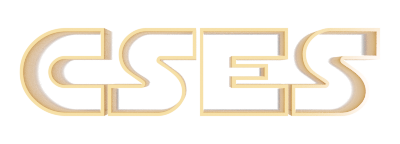- Time limit: 1.00 s
- Memory limit: 512 MB
There is a hidden permutation a_1, a_2,\dots, a_n of integers 1, 2,\dots, n. Your task is to find this permutation.
To do this, you can ask questions: you can choose a binary string b_1b_2\dots b_n and you will receive the binary string b_{a_1}b_{a_2}\dots b_{a_n}.
Interaction
This is an interactive problem. Your code will interact with the grader using standard input and output. You should start by reading a single integer n: the length of the permutation.
On your turn, you can print one of the following:
- "?\ b_1b_2\dots b_n", where b_i\in\{0, 1\}: The grader will return the binary string b_{a_1}b_{a_2}\dots b_{a_n}.
- "!\ a_1\ a_2 \dots a_n": report that the hidden permutation is a_1, a_2,\dots, a_n. Your program must terminate after this.
Each line should be followed by a line break. You must make sure the output gets flushed after printing each line.
Constraints
- 1 \le n \le 1000
- you can ask at most 10 questions of type ?
Example
3 ? 100 100 ? 010 001 ? 001 010 ! 1 3 2
Explanation: The hidden permutation is [1, 3, 2]. In the first question b_1b_2b_3 = 100 and the grader returns b_{a_1}b_{a_2}b_{a_3} = b_1b_3b_2 = 100. In the second question b_1b_2b_3 = 010 and the grader returns b_1b_3b_2 = 001.
